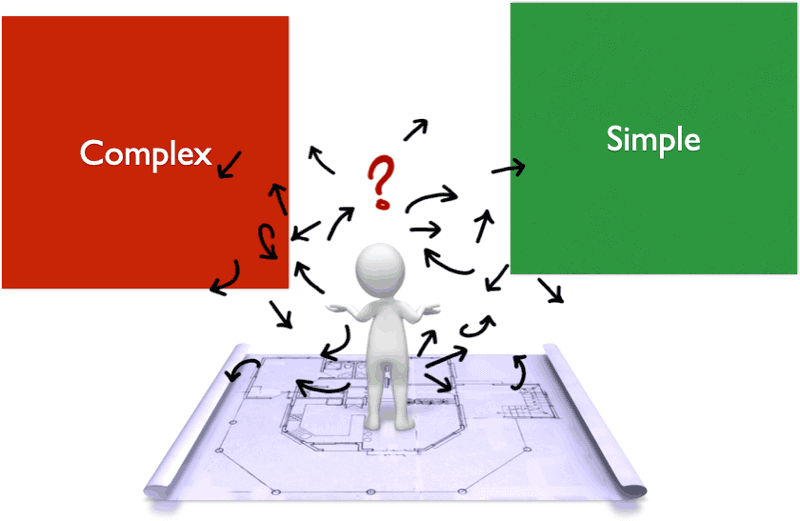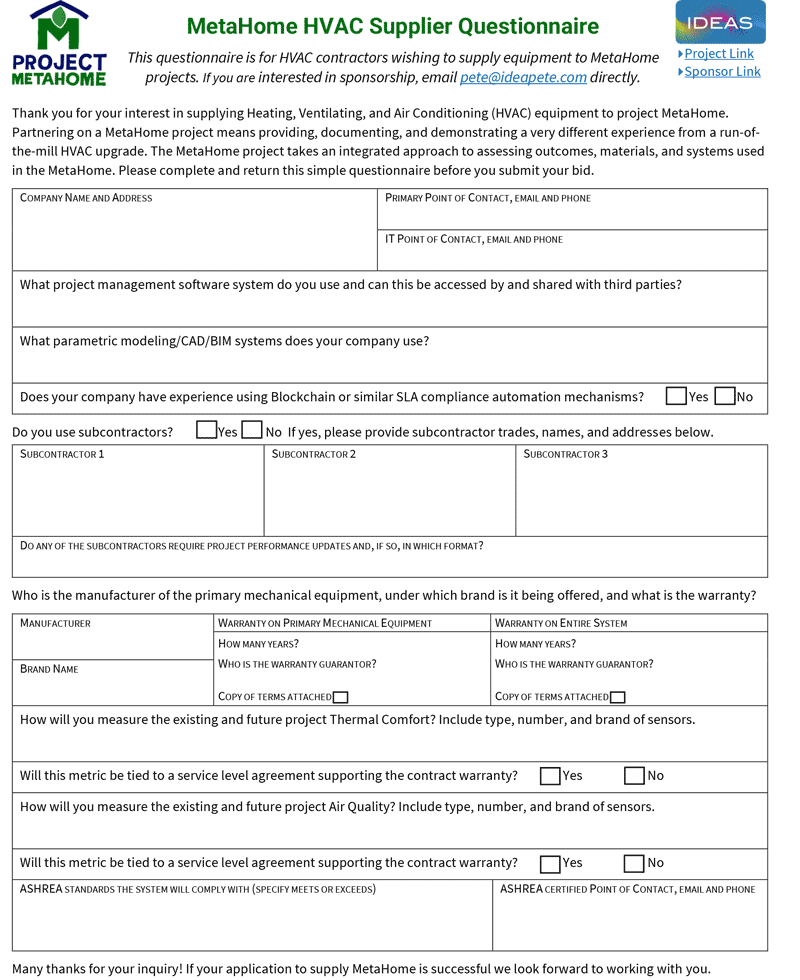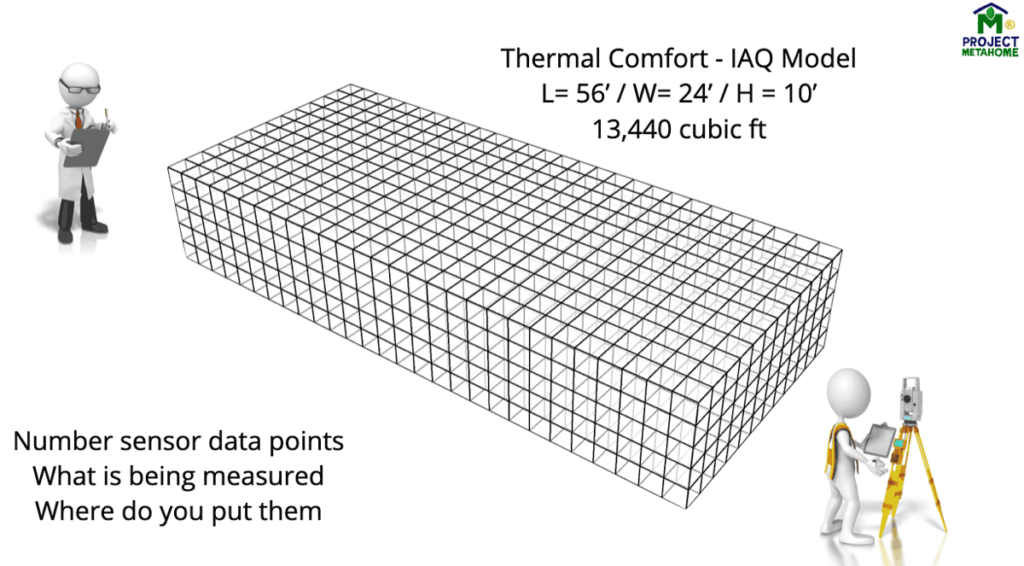
Occam’s razor states that one should not increase (beyond reason) the number of entities required to explain anything. All things being equal, the simplest solution is often the best one. The principle is attributed to 14th-century English theologian William of Ockham and frequently applied in philosophy and science to eliminate the unlikely and narrow the scope of a theory to more easily test it.
This has an interesting parallel in Building Science. If a built environment is viewed as a system as a whole, and changes in the system are viewed from the perspective of the system, then simplification directs the reasoning. If the entity is viewed as a series of components like a jigsaw puzzle, then complexity starts to direct the reasoning, interactions increase exponentially, and in a very short time the focus is turned to component performance with little regard to how it affects the main system.
Burgeoning complexity is becoming a major problem for building science understanding, and we have seen this many times inside MetaHome. Building codes are often an impediment to a simple solution, as they primarily look at individual components from a “this is either correct or not correct” viewpoint. A bigger issue in the United States is that most code or advisory boards are composed of more than 75% manufacturer representatives. This leads to a bias towards upgrades, selling embellishments that often do not support the primary system.
In 2021, the abysmal lack of understanding about two of the most important subjects in a home or building has come to the fore: 1) Thermal Comfort and 2) Air Quality. If these two things are not understood so they can produce satisfactory results, then the building is uninhabitable. Allison Bayles III wrote a classic piece on this called Naked People Need Building Science, an indelicate but direct pun on this industry problem. Robert Bean followed with Thermal Comfort: Indeed a Condition of Mind. Both are leaders in this field and both have written a lot in an effort to simplify complex issues, as they are aware that unless both building owners and equipment suppliers talk the same language the problems will remain unsolved
The people who have the most control over 1 and 2 in the USA are the Heating-Ventilating-Air Conditioning team and we thought it fair to ask them directly: a) How do you quantifiably define Thermal Comfort and Air Quality? b) Who is responsible for the service level agreements that the homeowners should expect? We request they tie all bids and designs to a required Service Level Agreement. In the case of MetaHome, this would be tied to a definitive Blockchain contract in which payment is only made if the SLA is met.

The master body overseeing HVAC requirements in the US is ASHRAE. In the case of homes, two standards are quoted: Standard 55 for Thermal Environmental Conditions for Human Occupancy and Standard 62.2 Ventilation and Acceptable Indoor Air Quality in Residential Buildings. We requested all HVAC suppliers to perform to these standards. All building codes are subordinate to the master standards, and all risk management evaluation is tied to the same priority.
Attached to each evaluation is a very simple mathematical question. In a building with 13,440 cu ft of space and no windows, how many sensor points do you need to ensure adequate thermal comfort and IAQ to meet your SLA, what are you measuring with them, and where do you put them?

Can any company that cannot answer any of these questions claim to understand HVAC and its goals? That is the question.
Lately additional forces have come into play, confusing things even further. These are the mandates to:
- Electrify everything
- Adopt heat pumps
- Focus on energy efficiency

This adds another level of complexity, as the home- or building-owners are often at total cross purposes with the supplier. Home- or building-owners prioritize their investments according to their own needs, frequently driven by their understanding of the fiscal risks associated with different choices (more on that here).
The first question that should be asked is: how do these new priorities impact our master goals of thermal comfort and indoor air quality? The answer would appear to be: no one really knows—and certainly no one is measuring anything that could tell us. Which means they will not succeed in providing either thermal comfort or indoor air quality.
To make a better world and improve the quality of life for everyone we need to follow William of Ockham’s observations from centuries ago: focus on the system results and not the complexity of jigsaw puzzle components.
